Guitar pedal jargon buster: all the essential guitar effects terms explained
We break down some of the confusing language surrounding the world of guitar pedals
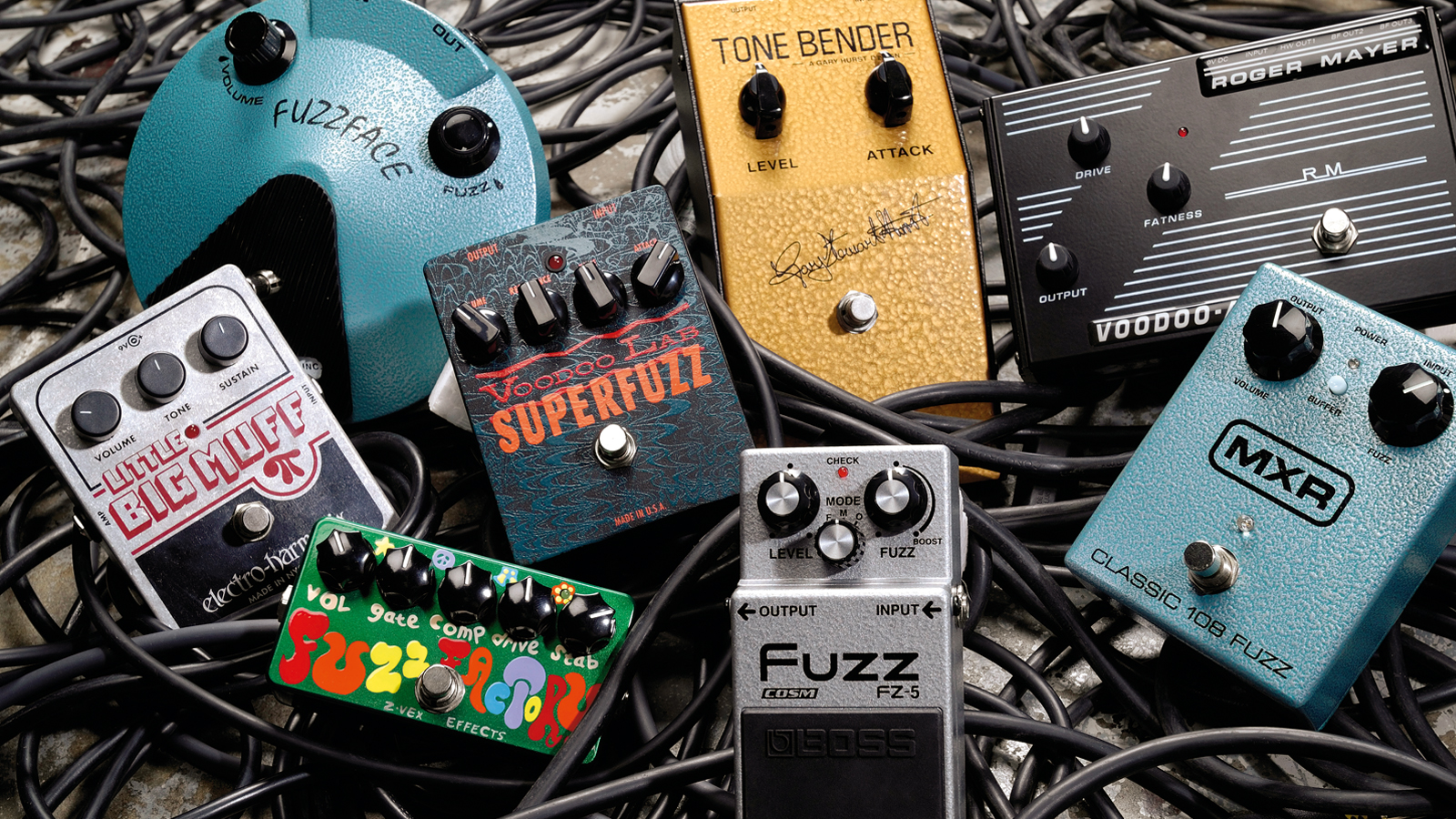
It's no secret that everyone here at Guitar World loves pedals. From overdrive to delay, fuzz to phaser, we simply can't get enough. Stompboxes have the power to thoroughly shake up your tone without you having to shell out for a new six-string or amplifier, and better yet, the right pedal can inspire a new song or killer riff.
The birth of the guitar pedal can be traced as far back as the late 40s, with DeArmond creating the first commercially available tremolo unit. Now, while this may have been more of a studio tool, it set in motion the events that would lead to what we think of as the guitar pedal today.
With a history dating so far back, you'd expect a massive glossary of terms to develop, making it difficult for players new to the world of effects to navigate their way through the enormous list of mind-boggling phrases. So if you don't know your true bypass from your tap-tempo, diode from your bucket-brigade, then this is the jargon-busting article for you.
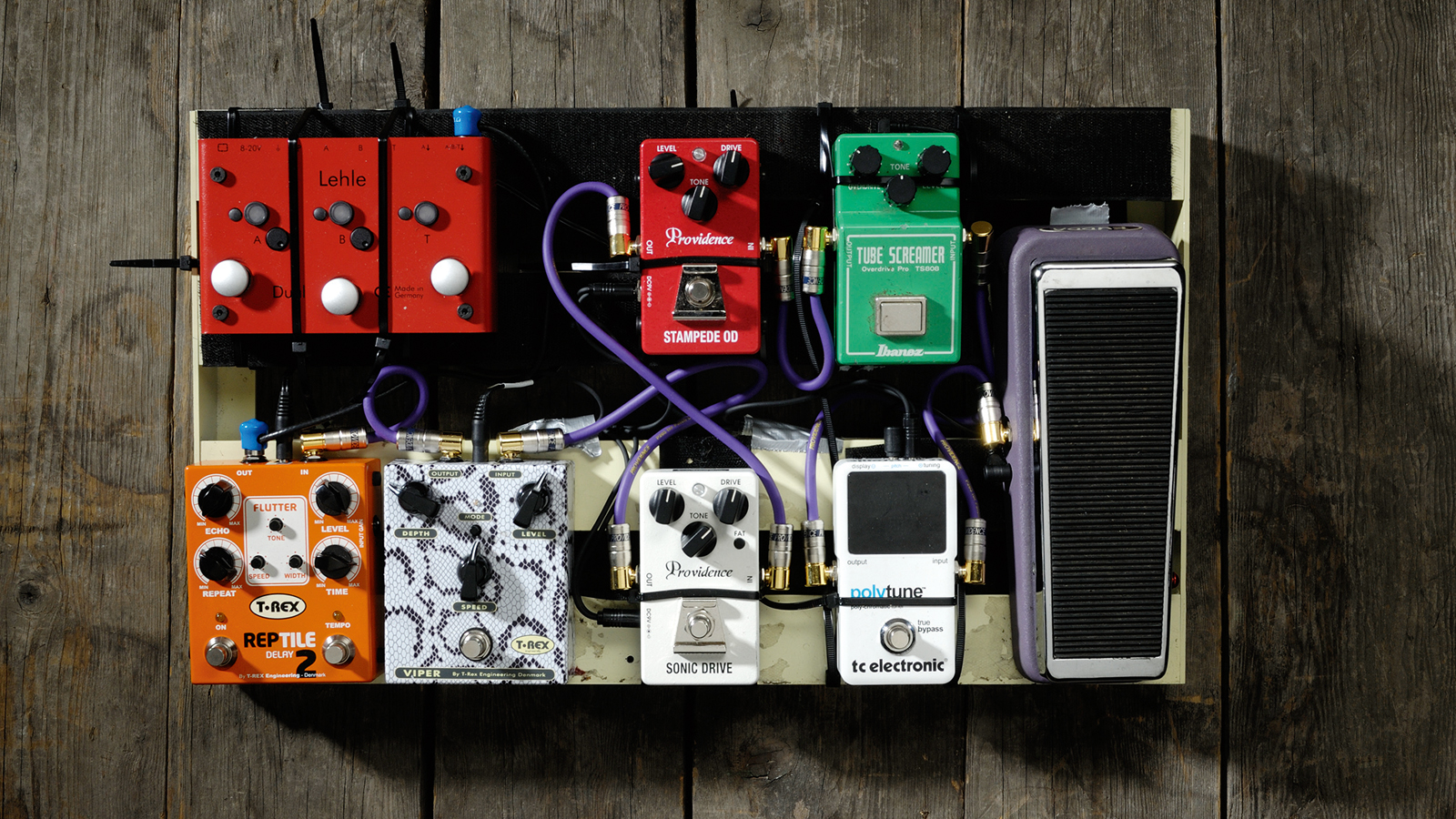
Analog
An analog pedal is made of, well, analog parts, as opposed to their digital counterparts, which turn this analog signal into 1s and 0s prior to processing. So while it's more and more common to see digital pedals these days, there are still plenty of all analog options for you to sink your teeth into.
BBD
BBD – Bucket Brigade Device – is the highly prized chip used in vintage-style delay pedals. This style of chip gives the delay a warm and smooth sound that many players still love today.
Boost
As the name suggests, a boost pedal boosts your guitar signal. These handy devices can be used to add some much-needed volume for lead breaks or used to push another pedal or amp into more saturation. It's common to find boosts as standalone pedals and also as a switchable section on dual overdrives. This is a must-have for any 'board.
Boutique
The term 'boutique pedal' is bandied around a lot these days but is usually used to describe a handmade effect built using the finest components and circuits. These stompboxes are typically made in lower numbers when compared to their mass-produced counterparts and can be a lot more expensive. Popular brands to look out for are JHS, Keeley Electronics, AnalogMan, and Chase Bliss Audio.
Get The Pick Newsletter
All the latest guitar news, interviews, lessons, reviews, deals and more, direct to your inbox!
Buffer
Buffers are often misunderstood by many guitar players – especially with the rise in popularity of true bypass pedals – but really, they are pretty simple devices. Basically, a buffer can be built into many units – such as Boss pedals – and is designed to convert the high impedance signal of your guitar to low impedance, resulting in a stronger signal. Buffers are particularly useful when you are running your signal through multiple pedals or miles and miles of guitar cable.
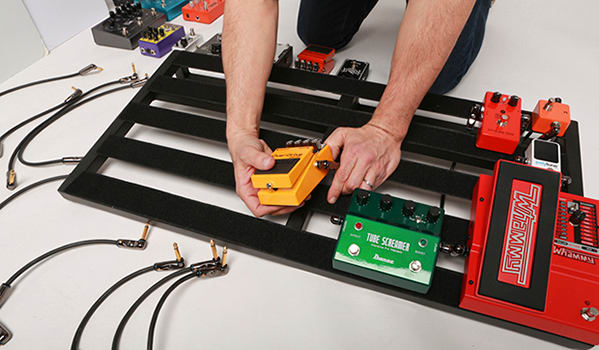
Need to know the best way to build a guitar pedalboard? Well, this in-depth guide will help you put together the ultimate 'board.
Chorus
Chorus is an incredibly popular effect and can be found all over many classic tracks, from the violet songsmith's Purple Rain, grunge classic Come As You Are, and stalker anthem Every Breath You Take. Created using a very short delay, the chorus splits the signal into 'wet' and 'dry', while an LFO detunes the wet part. Once you blend this back into the dry signal, you get the chorus we all know and love. Check out our guide to the best chorus pedals if you fancy adding this classic effect to your pedalboard.
Clones
You’ll see the term Clone a lot in reference to pedals, and it refers to a pedal that’s an exact copy of another – usually an incredibly hard-to-find vintage stompbox or a sought-after expensive pedal that’s out of reach for the ordinary player.
Compressor
In the most basic terms, a compressor is used to control and even out your guitar signal, making the quiet parts louder and the louder parts quieter. Many players use this convenient pedal to tame those pesky peaks and get a smooth, professional sound. If you feel like you're missing this essential pedal, then be sure to check out our guide to the best compressor pedals available right now.
Current
The pedal's current draw is the amperage requirement for your pedal to work correctly and is typically measured in milliamps (mA). Therefore, your power supply should always meet or exceed the current recommended by the manufacturer to ensure your pedal works as it should.
Delay
Delay is easily one of the most used guitar effects of all time. In its most basic form, a delay pedal creates an echo behind the original guitar part, resulting in an added sense of depth to your tone. Of course, there are many different styles of delay from analog to digital, reverse to modulated, and which is right for you is a matter of taste. If you want to hear delay used to its full potential, then go and listen to anything by delay master The Edge from stadium rockers U2.
Digital
So, we've covered analog already, so it makes sense to cover digital pedals. As you'd expect, a digital pedal uses an analog to digital converter to process your signal. As these pedals aren't bound by the limitations of analog circuits, they often come loaded with extra features, such as presets, and even multiple modes.
Diodes
While not used exclusively for this purpose, diodes are mainly used to provide the characteristic clipping in an overdrive or distortion pedal. Diodes are used to create hard or soft clipping, depending on what style the pedal makers are after.
Distortion
Distortion pedals are used to turn your timid clean sound into something that can melt faces. Distortion is very similar to overdrive but typically is more saturated with more gain. This style of pedal is ideal for anyone looking to play heavier genres of music, such as metal, punk, or hard rock.
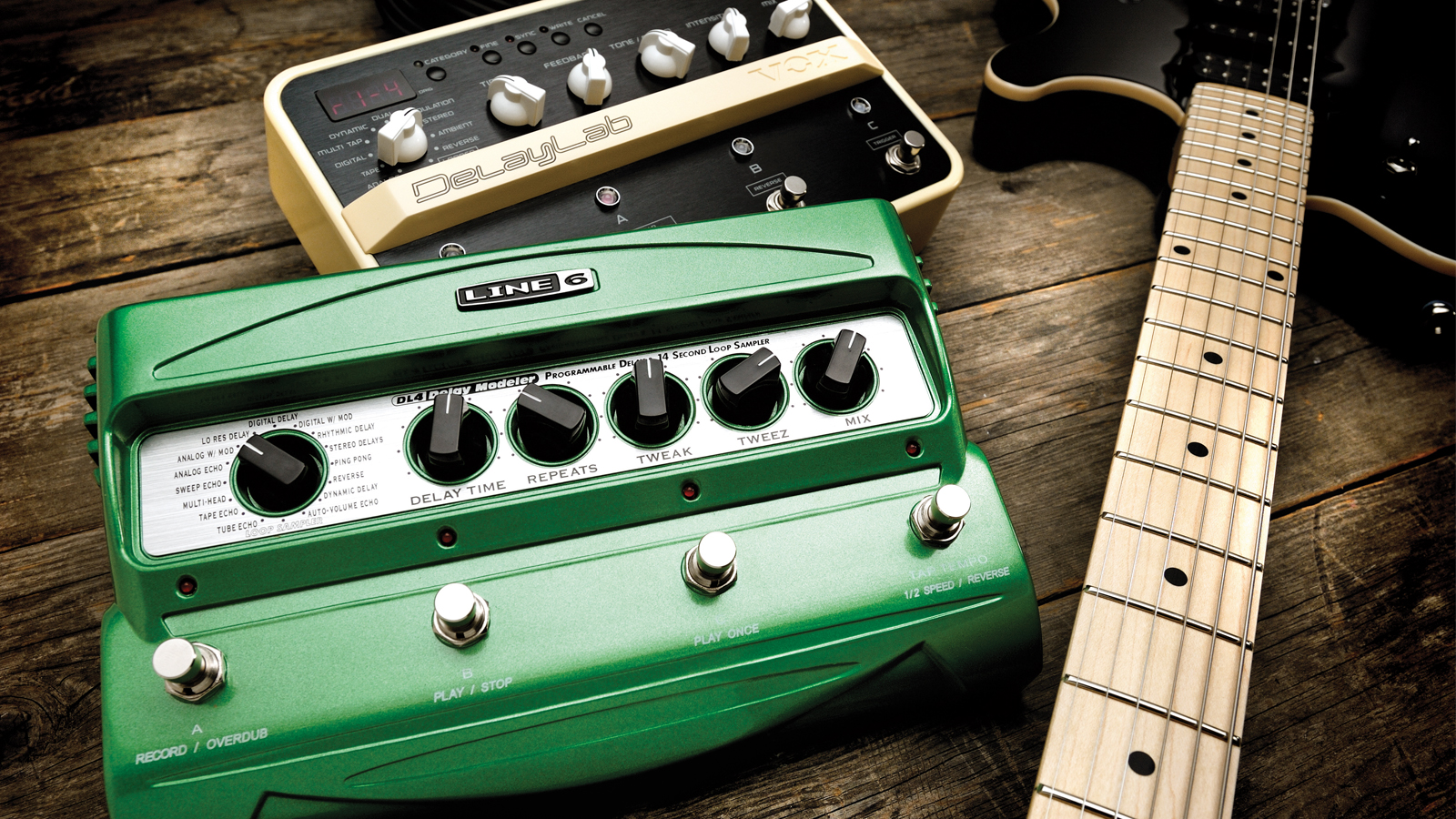
Germanium
The fabled Tone Bender fuzz captured the hearts of the guitar-playing community in the ‘60s, and that’s thanks in part to its Germanium transistors. However, it’s worth noting that while Germanium produces a warm, smooth tone, they do suffer from a few issues such as inconsistency between transistors and are greatly affected by changes in temperature.
Fuzz
As an effect, Fuzz has been around for decades, appearing on everything from the Hendrix classic, Foxy Lady, The Rolling Stones (I Can't Get No) Satisfaction, and guitar store staple Seven Nation Army. Fuzz is very similar to distortion but uses a square wave to achieve its characteristic spikey sound.
Isolated power supply
Essentially, an isolated power supply has an individual power source for each pedal on your 'board, and importantly the power lines do not cross. This eliminates unwanted hum and noise and, generally speaking, is the most effective way of powering your pedalboard. Check out our guide to the best pedalboard power supplies for more information.
LFO
LFO stands for low-frequency oscillation and is commonly used in modulation pedals to create the pulse or sweep.
MIDI
MIDI – or musical instrument digital interface – is used to allow pieces of equipment to speak to each other, whether that's a MIDI controller keyboard and recording software or your pedal switcher and delay pedal presets. Pedals with MIDI functionality are convenient if you want to switch settings on a dime or you need your time-based effects to sync with a backing track.
Multi-effects
A multi-effects pedal is a unit that houses, well, multiple effects in one pedal. There are many levels of multi-effects pedals, from beginner-friendly units that will allow you to delve into what style of effects you like, to all-singing-all-dancing pedals that will become the control hub of your tone.
Noise Gate
A noise gate is a utility pedal used to keep unwanted hum and noise at bay. Basically, you set the level in which you want the gate to engage, and when the volume drops below this certain threshold, the gate closes and stops the hum from getting through – resulting in a cleaner signal.
Overdrive
Overdrive is yet another style of distortion effect. Overdrive pedals are designed to sound like a very loud amplifier that's being pushed into clipping or overdriving. This is the sound of the classic rock records we all know and love – and frankly, we can't imagine guitar without it.
Patch Cable
The small cables linking pedals together on a pedalboard are called patch cables. They are specially designed for this purpose, with many having angled low profile jacks to enable you to fit more pedals on your 'board.
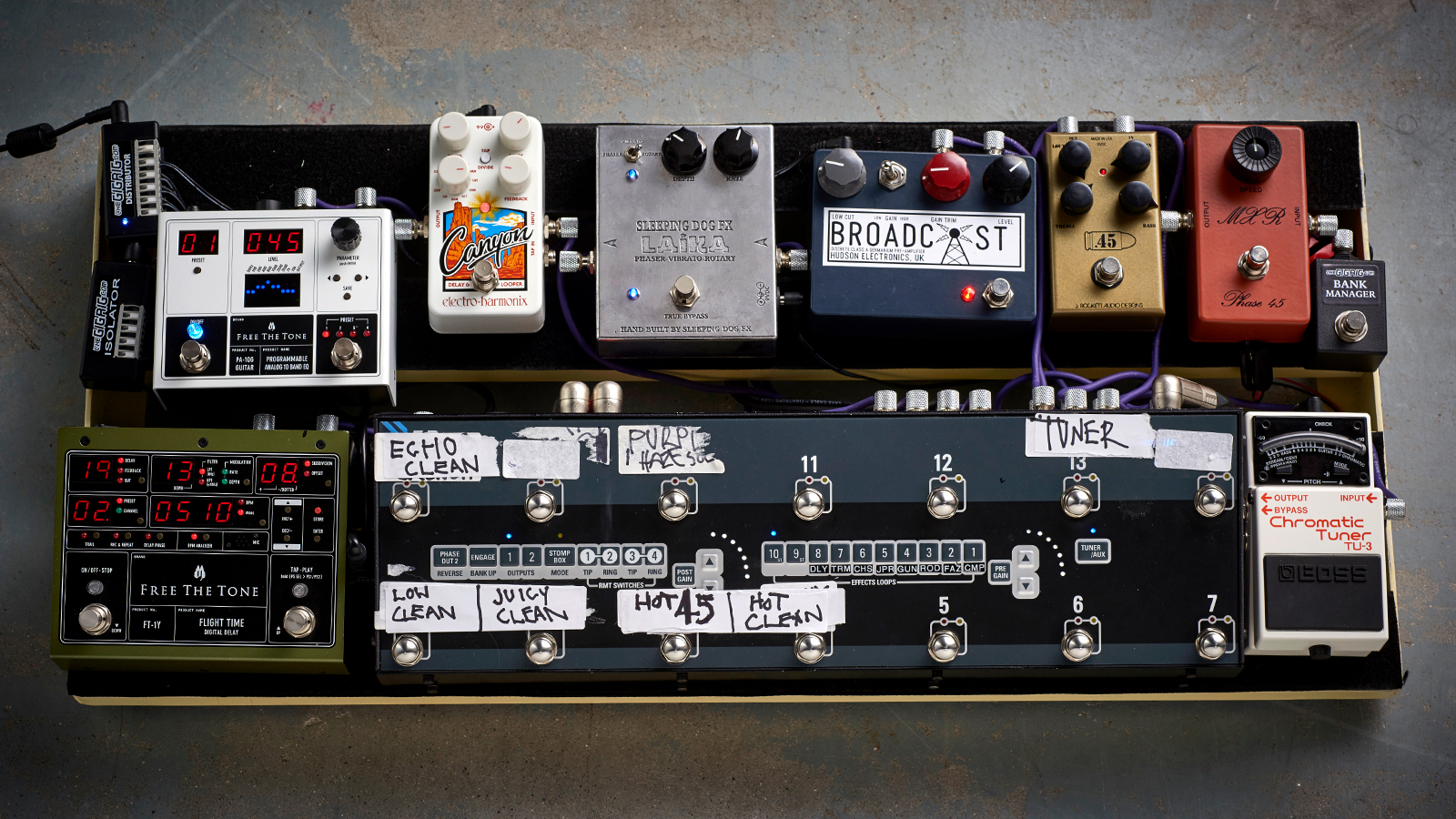
Pedalboard
The pedalboard refers to the unit all the individual pedals are attached to. These can be basic plastic carry cases that hold up to three pedals to large professional 'boards with hidden compartments. To find out which is right for you, be sure to check out our guide to the best pedalboards.
Pedal plugins
A pedal plugin refers to a virtual recreation of a famous pedal used in conjunction with recording software. Popular options include Positive Grid Bias FX and IK Multimedia Amplitube 5. Both give the user access to a slew of stompboxes that can be used to enhance your home recordings.
Phaser
The washy sound of a phaser is unmistakable. A firm favorite of Eddie Van Halen, a phaser takes an input signal, duplicates it, and moves it in and out of phase at a speed set by the user.
Reverb
Ask any guitarist what effect they couldn't live without and most would say reverb. Reverb is the sound of a sound source reflecting off a surface back to the listener – basically, it's the sound of a space. Reverb pedals allow you to artificially add this sense of space to your guitar signal making it sound like you are playing in a room, hall or even church.
Silicon
Like the Germanium transistor mentioned above, Silicon transistors are used in a myriad of different pedals. Still, unlike their Germanium brothers, they are a lot more consistent and aren’t affected by temperature – not to mention they are a lot cheaper to produce. It’s no surprise, then, that many pedal manufacturers made the switch to this more reliable part.
Tap-Tempo
A tap-tempo switch is specially used for time-based effects such as delay, tremolo, and chorus. This is used to allow the player to set the tempo of the pedal with their feet by simply tapping the switch at the tempo they desire.
Transparent
Transparent is a 'buzzword' used to describe a pedal that doesn't alter the tonal characteristic of the guitar or amplifier too much. For example, certain overdrive pedals that allow the tone of the guitar to shine through are often described as transparent.
True Bypass
When switched off, a true bypass pedal allows the guitar signal to pass through completely unaffected. For more information be sure to check out our true vs buffered bypass feature.
Tube Screamer
The Tube Screamer is an Ibanez overdrive pedal with several variants but can be described as a light to medium gain drive pedal with a very pronounced mid-range. This is one of the most cloned pedals on the market, with many other pedal manufacturers using this iconic stompbox as the basis for their pedals.
Voltage
9-volt is typically the power requirement for the majority of pedals, but it's common to find pedals that are built to accept 18 or even 24-volts. Be sure to check the pedal before plugging it in. Getting the voltage wrong will result in damage to the stompbox!
Related buyer's guides
- 12 killer cheap guitar pedals you need to try
- Get creative with our pick of the best looper pedals
- Explore the best electric guitars under $1,000
- Need a lead with that? Here are the best guitar cables right now
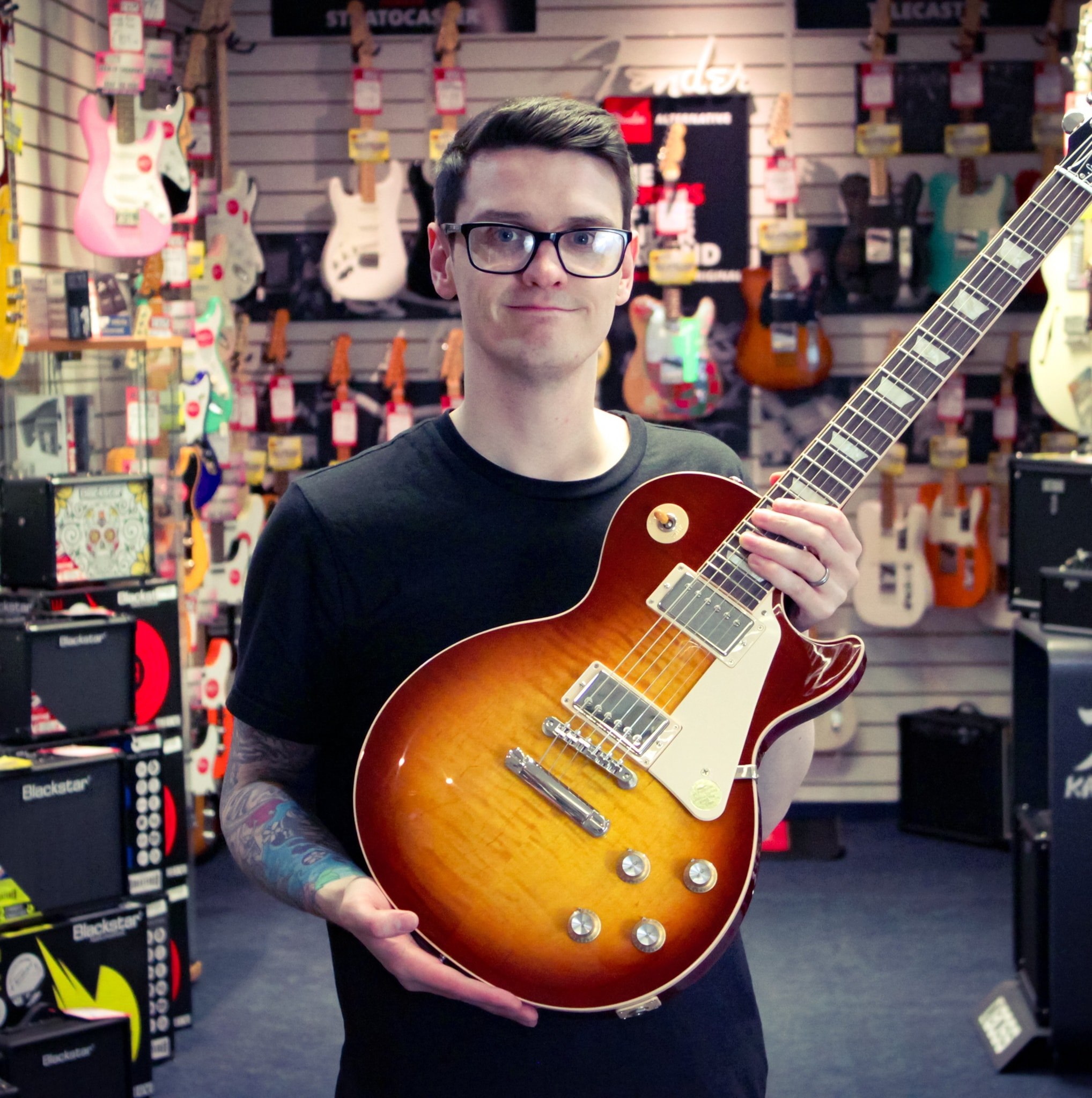
Daryl is a Senior Deals Writer at Guitar World, where he creates and maintains our 200+ buyer's guides, finds the best deals on guitar products, and tests the latest gear. His reviews have been featured in prominent publications like Total Guitar, Future Music magazine, and MusicRadar.com.
During his career, he has been lucky enough to talk to many of his musical heroes, having interviewed Slash and members of Sum 41, Foo Fighters, The Offspring, Feeder, Thrice, and more. In a past life, Daryl worked in music retail. For a little under a decade, he advised everyone from absolute beginners to seasoned pros on the right gear for their needs.
Daryl is also a fully qualified sound engineer, holding a first-class Bachelor's degree in Creative Sound Production from the University of Abertay.
“The original Jordan Boss Tone was probably used by four out of five garage bands in the late ’60s”: Unpacking the gnarly magic of the Jordan Boss Tone – an actual guitar plug-in that delivers Dan Auerbach-approved fuzz
“This is a powerhouse of a stompbox that manages to keep things simple while offering endless inspiration”: Strymon EC-1 Single Head dTape Echo pedal review










